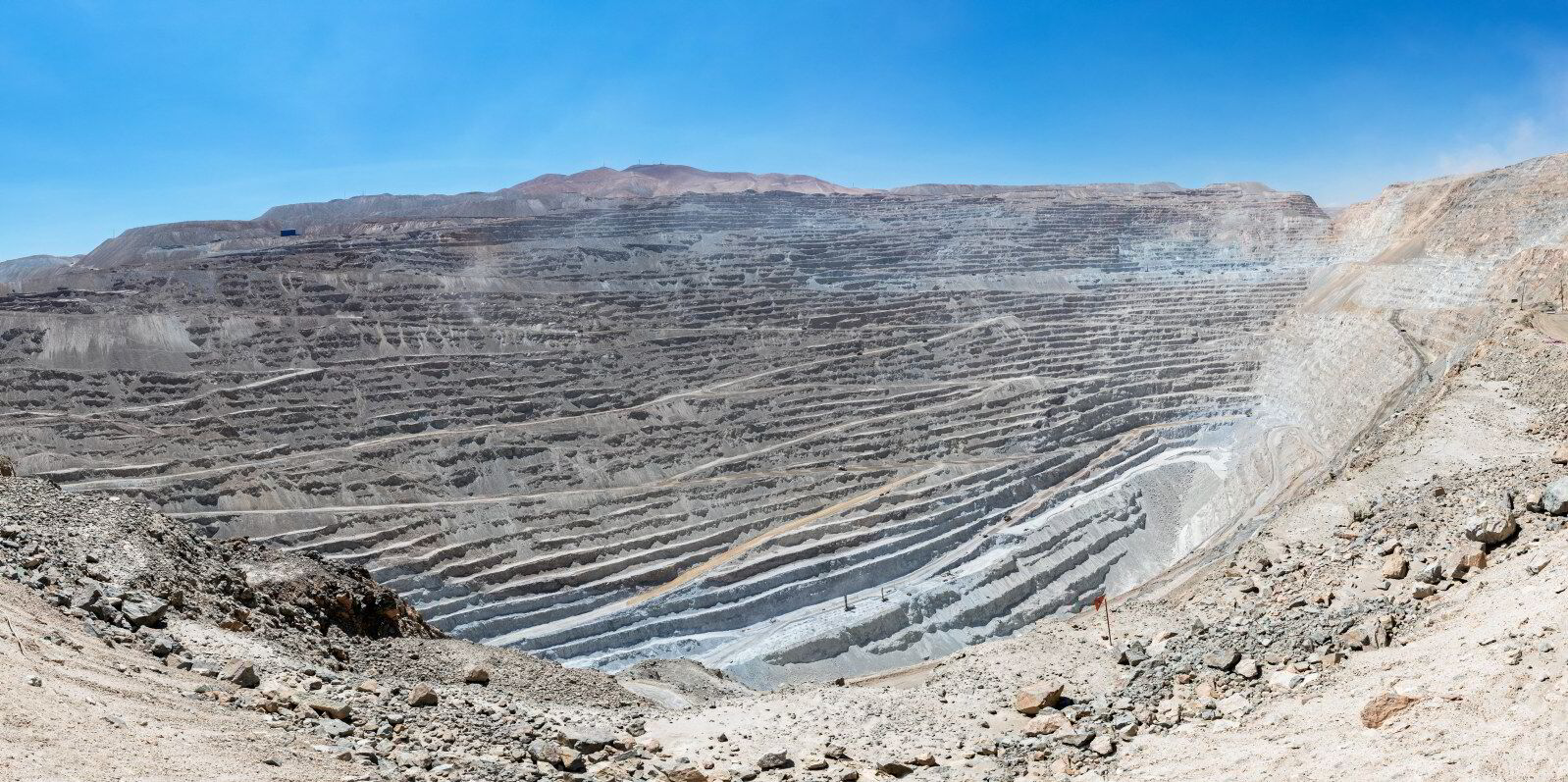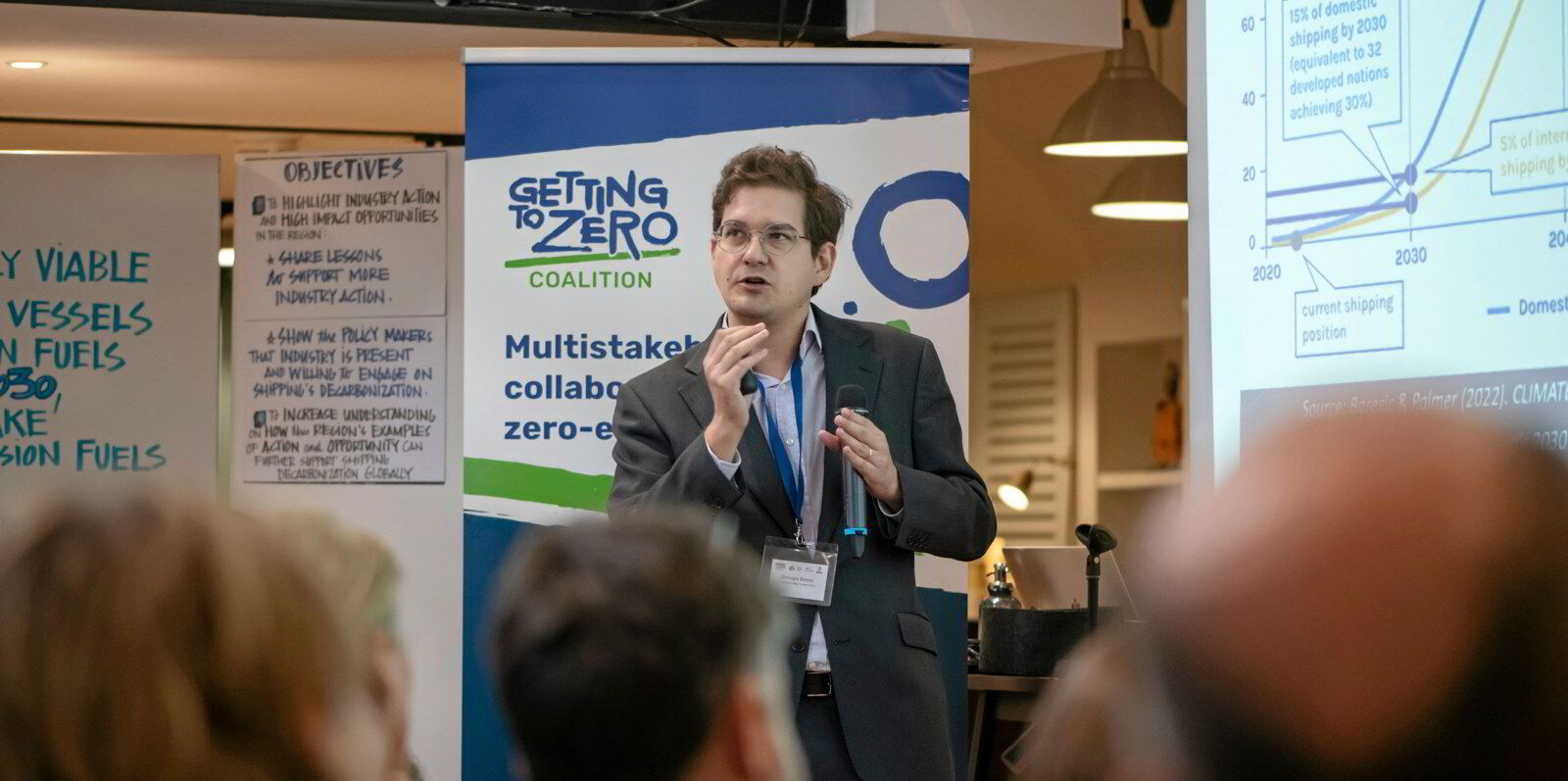Copper will play a crucial role in the global transition to cleaner energy, but it is cargo supply rather than demand that could affect shipping in the years to come.
Demand could increase by 75% by 2050 up to 56m tonnes, according to forecasts by consultancy Wood Mackenzie.
Copper winding wire is used in electric motors as well as cabling.
Demand for this wire and cabling will grow alongside the global expansion of wind power and solar electricity generation, electric vehicles and charging infrastructure.
There is little worry over demand for copper concentrate, which is roasted, smelted and refined before being used in manufactured products. It is the supply that will be more concerning in the years to come.
Major mines are suffering from ore depletion and some have closed. Investment in new mining capacity will be critical going forward.
Securing a reliable supply to meet demand could be trickier than simply adding more mining capacity.
South America-based shipbroker Hans Bredrup, Affinity’s head of dry cargo in the Americas, has been active in the transport of copper across the Pacific since 2001.
“The trade of copper between South America and China will continue to be dominant in the years to come, given Chile and Peru account for solidly more than half of the world’s supply of copper, and will continue to do so despite new discoveries elsewhere and projects underway,” he told TradeWinds.
He sees political instability and environmental approvals as the main risks to the trade in Chile and Peru.
“Chile is stable, despite social unrest five years ago and a period of failed intents to modify the Constitution. Peru has had a series of changes of governments,” he explained.
“In both countries, however, the importance of the copper industry and its contribution to welfare seems to want to override most political instability.”
Bredrup said the environmental impact of copper mining is of great concern — ironic for a commodity that will be so important in decarbonisation.
“Water is a key factor in the copper production. The miners have worked to replace water supply from the Andes mountains with desalinated water from the Pacific Ocean,” he said.
“That in itself is not enough to ease public concerns around new pits and expansion of existing ones.”
Peru is the world’s second-biggest producer of copper concentrate.
Its output grew almost 13% year on year in 2023 to 2.76m tonnes.
But conflicts and resistance from local communities have delayed or derailed multimillion-dollar mining projects in Peru over the past few years.
One thing seems assured: China will remain the demand centre for seaborne copper concentrate for many years to come, according to a Wood Mackenzie report published last month.
“The world cannot achieve decarbonisation without copper, which is a crucial component in electrification. Currently, China dominates copper mining, smelting, refining and semi-manufacturing,” Nick Pickens, Wood Mackenzie’s research director of global mining, said when the report was released.
Commodities giant Trafigura has for many years operated a fleet of supramaxes, serving big exporters and traders of copper concentrates as well as zinc and lead from west coast South America.
Anglo American has its own operations in copper in the region too.
Other big shipping players in the copper trade are Ultranav-owned Horizon, a pure-play operator in copper based in Miami, and Danish owner-operator Norden, which has an office in Santiago, Chile.
New smelters are due to come online in India, Indonesia and the Democratic Republic of Congo in the coming years.
But this is unlikely to displace China, which currently controls 97% of global smelting and refining capacity.
Wood Mackenzie estimates it will cost up to $85bn to diversify copper supply chains away from China, which could also risk higher copper prices and delay the global energy transition.
Going green
Because of copper’s key role in the global green transition, cutting carbon from its supply chain will be crucial.
But a key decarbonisation project is being delayed by uncertainty over low-carbon marine fuel.
NYK has already made moves to establish one of the world’s first long-haul green corridors, which will carry copper ore from Chile to China hopefully by 2028.
NYK Bulk & Projects Carriers and the world’s biggest copper miner, Corporacion Nacional del Cobre de Chile, in November 2023 signed an outline agreement with shipbuilders Oshima Shipbuilding and Sumitomo Heavy Industries to build up to 15 ammonia dual-fuel handymaxes for the trade.
In December, NYK said it aims to have two ammonia-fuelled handymaxes ready before 2028, but the absence of bunkering infrastructure is holding the project back.

Added to this, there is the challenge of covering the price differential of more expensive ammonia fuel compared to conventional bunkers.
“To complete this as soon as possible is important not just for the government of Chile and NYK but for the greater good of global shipping as a whole,” Masahiro Takahashi, a member of NYK’s management team, said at the time.
Seaborne copper concentrate and ore trade is expected to take a small dip this year, but this will be more than offset by the growth projected in 2025.
Clarksons expects 38m tonnes of copper concentrate and ore to be transported by sea this year, down by 2.6% from the 2023 level.
Next year, Clarksons forecasts more than 5% growth in copper by sea, which it thinks could hit 40m tonnes in 2025.
China’s seaborne imports of copper concentrate jumped to 15.1m tonnes last year, after holding steady at around the 13m tonnes level for several years previously, according to loading data from bulker tracking platform Oceanbolt.







